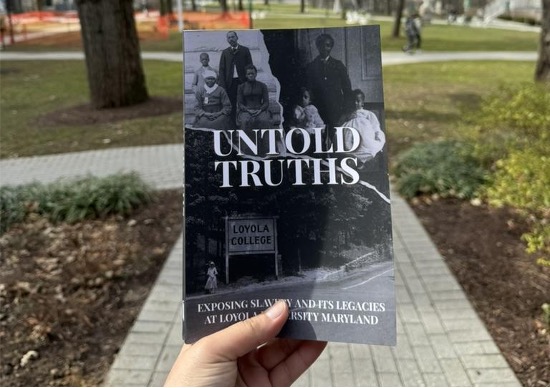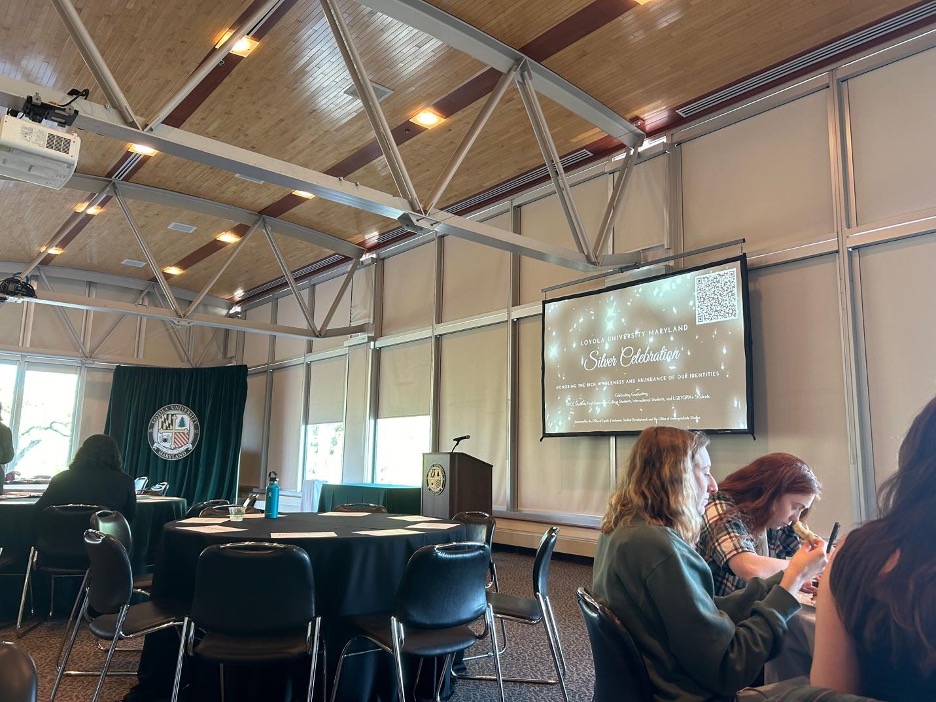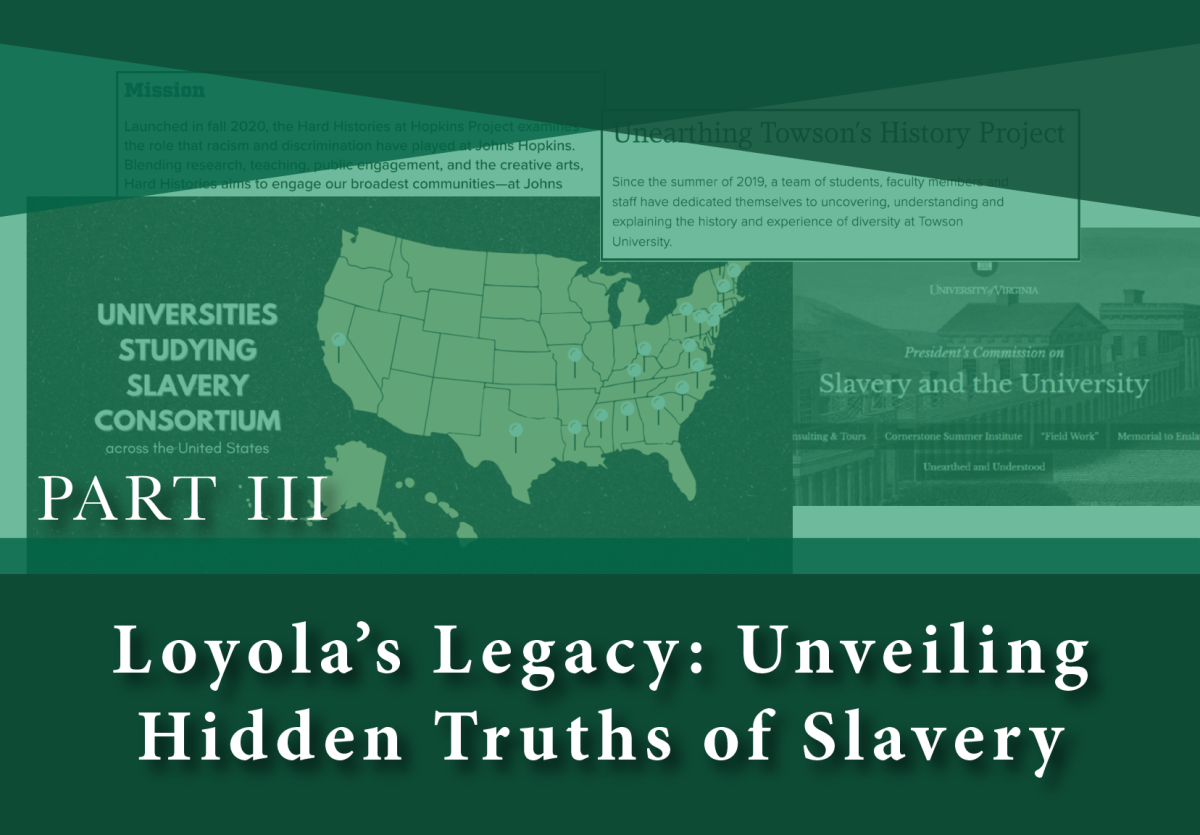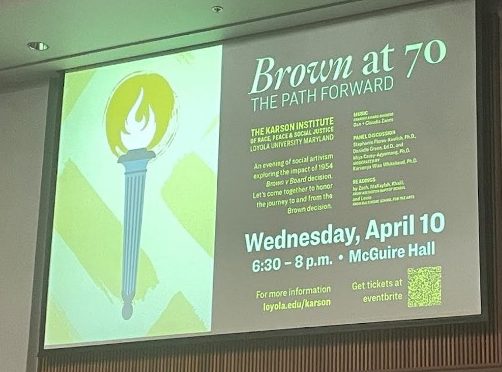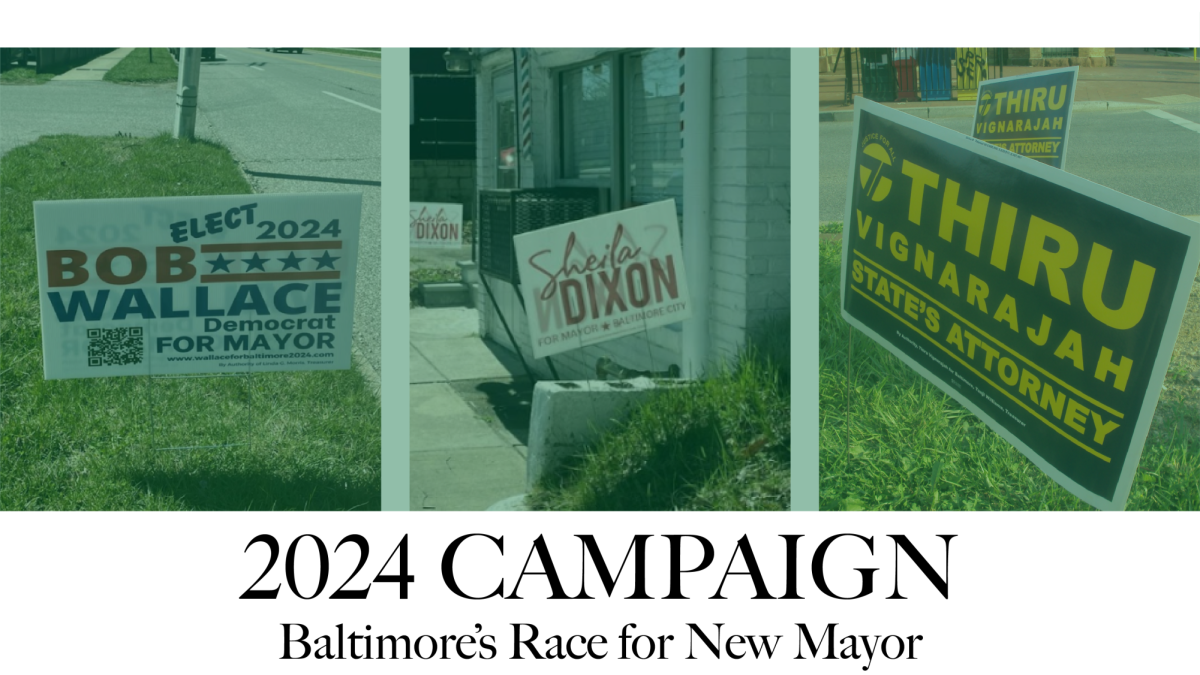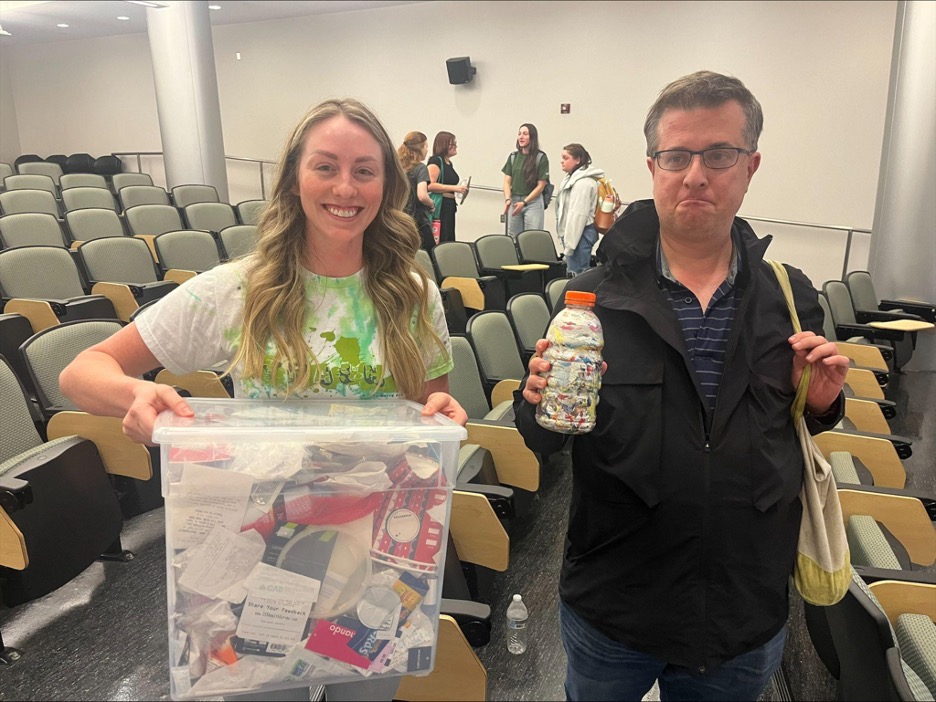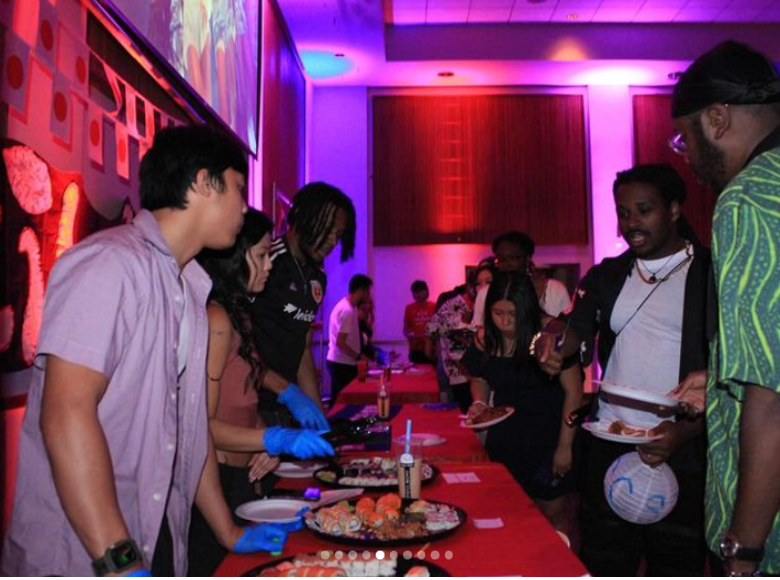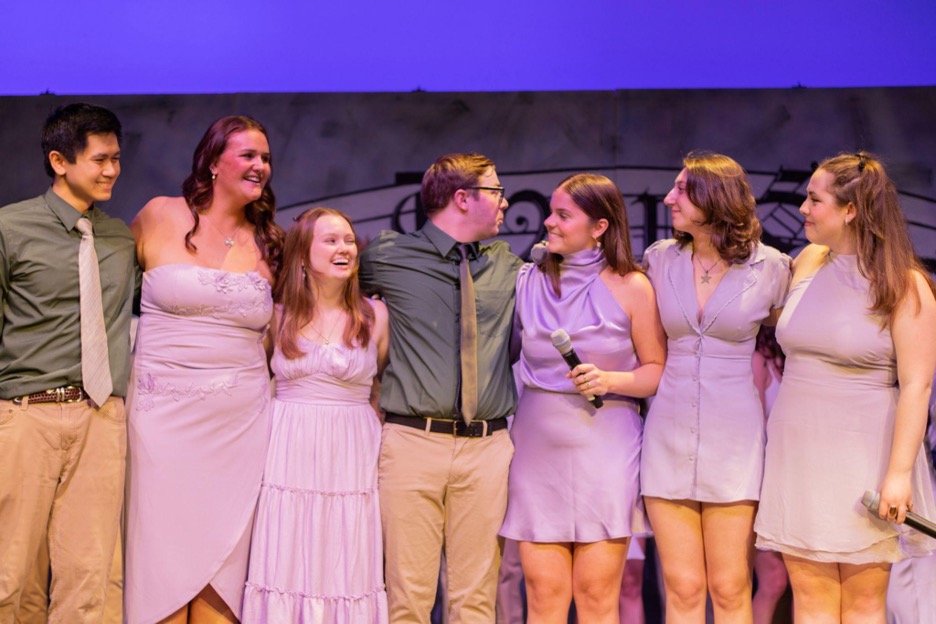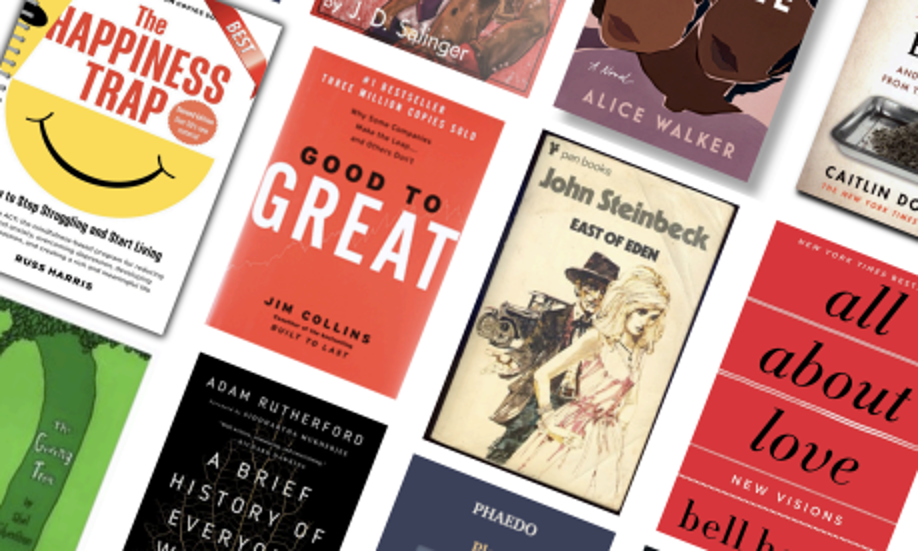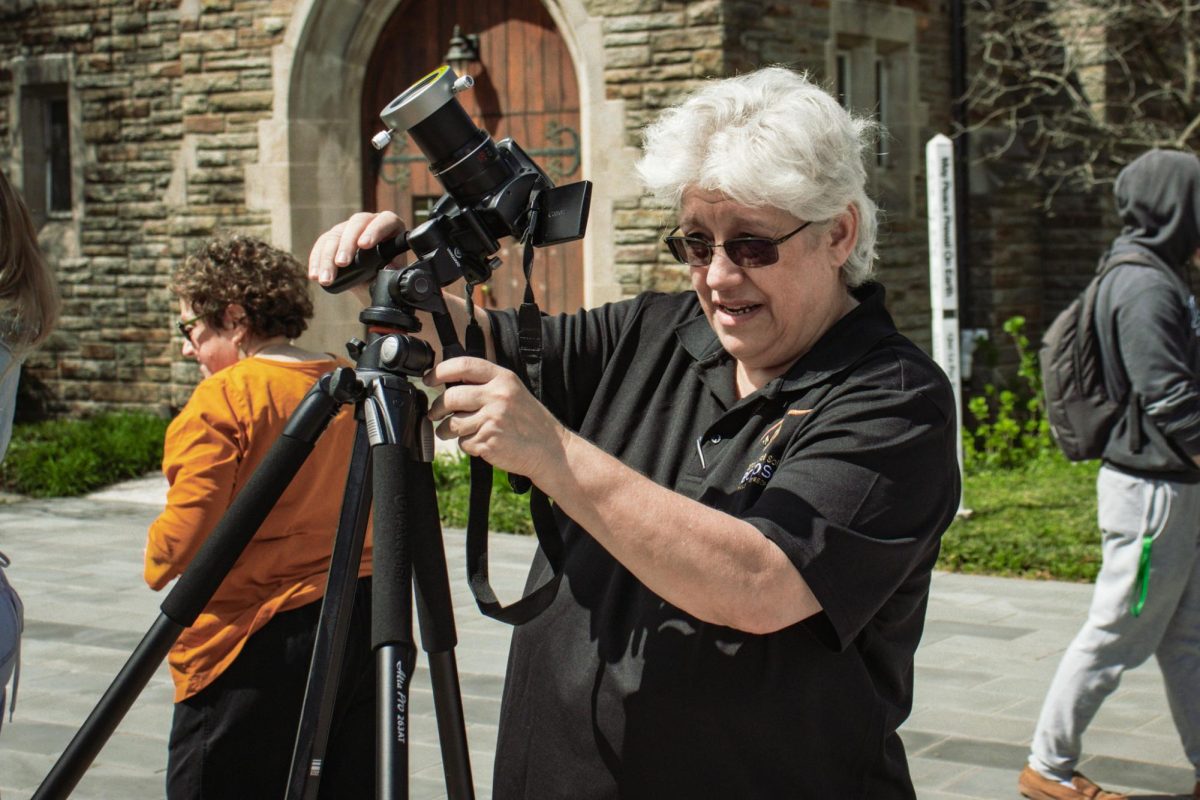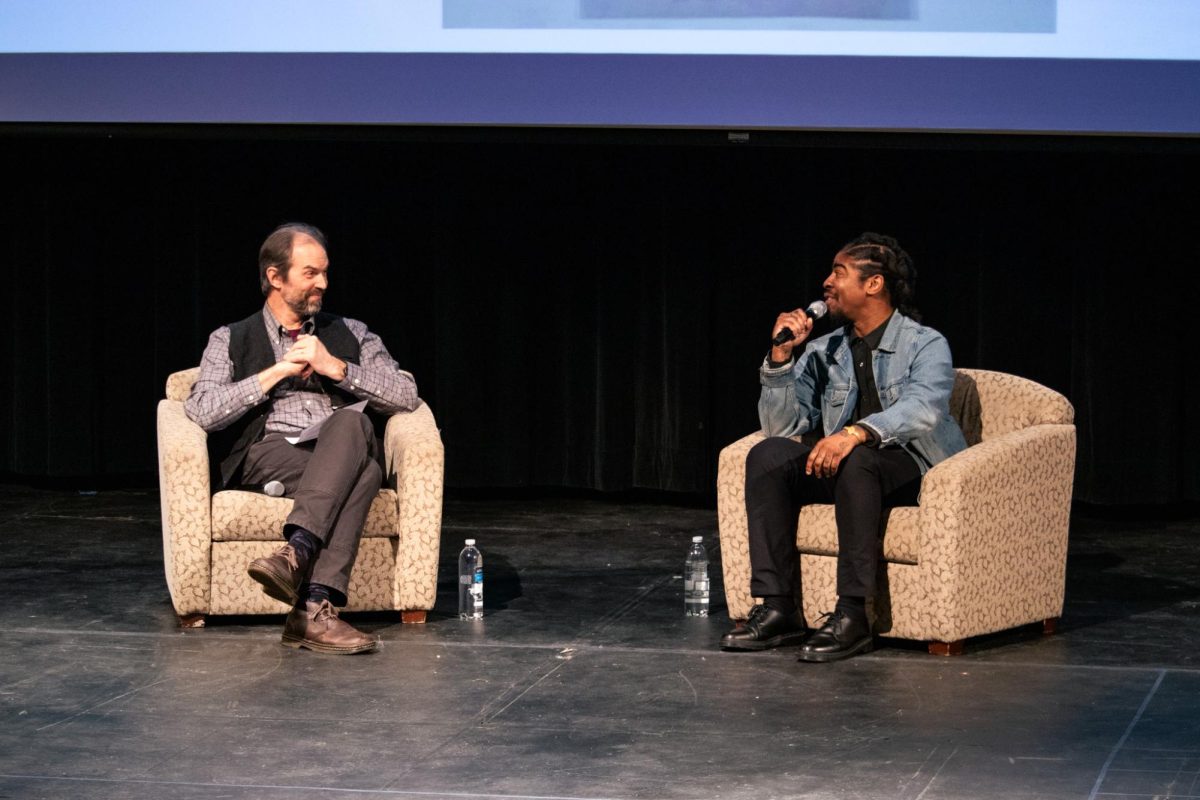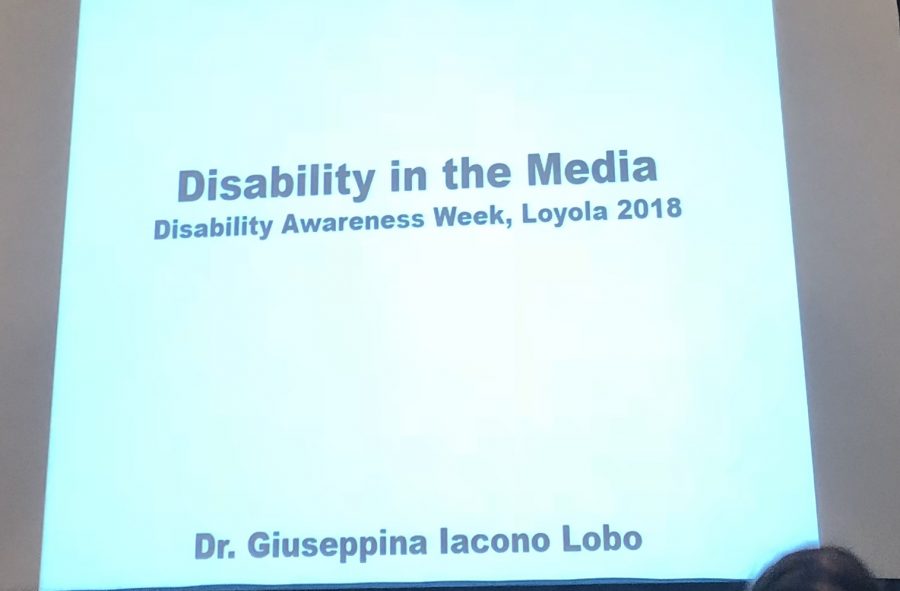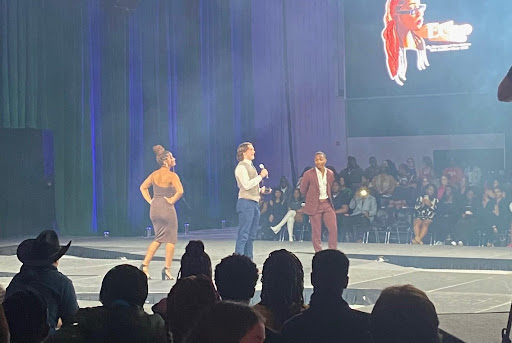*Some movie spoilers ahead*
On Wednesday, March 14, Dr. Giuseppina Iacono Lobo, a professor in the English Department, held a lecture on the relationship between disability and the media as well as the stereotypes that exist within it.
“I will be mentioning a lot of movies that are relatively popular and I don’t want you guys to think I am condemning those things just because I say their treatment of disabilities might be slightly unfair,” said Lobo at the beginning of the lecture. “You should still watch Forrest Gump, okay?”
Lobo’s first example was about a very recent movie that had just won four academy awards, “The Shape of Water.” She stated that she believed there was “no better way than to start off with this film.”
The film is about a deaf and mute woman who works in a research facility and falls in love with a humanoid amphibian who is being studied in the facility. Lobo said, “since there are so few Hollywood blockbusters that feature disabled heroines, this one has caused a mixture of excitement and disappointment in the disability community.”
The heroine, Eliza, uses sign language and is depicted as a sexual and independent working woman. Lobo said that the film falls into a “tiring pattern of media stereotypes that are all too common” within film and television, marginalization of people with disabilities being the most damaging.
Eliza finds out that her love interest will undergo vivisection, eventually being killed. So, she begins to plot his escape.
Lobo stated, “in order to find love, Eliza must not only look to someone who does not understand what she calls her ‘incompleteness,’ but more importantly, that someone, or something, in this case, must be outside the fold of humanity. Eliza is already seen as an ‘other’ in the world of 1962 Baltimore and this love affair only seems to push her further to the margins of society. Along with the creature, she too it seems, is nothing more than a ‘thing’ and a ‘freak.’”
At the end of the film, the creature and Eliza end up living happily ever after in an underwater world in a classic fairytale ending.
Lobo said, “Underlying this fairytale ending suggests that Eliza, as a disabled woman has gone off to enjoy her own freak kind rather than continue to live in human society.”
Lobo then went on to talk about the fact that in 2018, these stereotypes of disabilities still persist in our society and that we have a lot of work to do in changing society’s view of people with disabilities.
To highlight some specific stereotypes that are normally portrayed through media, Lobo showed different slides explaining each stereotype and examples. The first stereotype that was brought forth was the depiction of disabled villains in media.
Lobo talked about classic disabilities in films, such as pirates being portrayed with missing arms or legs and eyepatches. One important disabled villain she talked about was Darth Vader. Darth Vader is an amputee and he also has trouble breathing. He is clearly disabled and he is portrayed as a villain, said Lobo.
Lobo cited other examples of villains such as the Joker (Heath Ledger) in “The Dark Knight.” The Joker is supposed to be portrayed as schizophrenic. Or in the recent movie “Split,” where the main character has multiple personality disorder and kidnaps three teenage girls.
Lobo said that society’s portrayal of mental disability goes beyond films. For example, after each mass shooting, media jumps to diagnose mental impairment in shooters right away.
Another stereotype often present in media is the portrayal of the disabled victim as pitiable. The examples given were Tiny Tim from “A Christmas Carol,” John Marrick from “The Elephant Man,” and Will Trainor from the film “Me before You.”
Lobo said, “these pathetic victims are used not only to elicit our sympathy but also at times our laughter.” We learn about Forrest Gump’s various triumphs all in the context of him being extremely simple-minded and mentally disabled. His football scholarship to Alabama is underscored by the joke of him being unable to stop running the play unless told and his presidential meeting is underscored by his famous utterance of “I gotta go pee”, among other scenes. Lobo is portraying the idea that laughing at disabilities, such a Forrest Gump, should not be an occurrence and happens far too often in movies in Hollywood.
The final stereotype is the “Supercrip and the disabled as inspiration.” Lobo explained that a supercrip is “a figure who overcompensates for his or her disability through accomplishing extraordinary feats.” Lobo said that this is unrealistic and gives an inaccurate portrayal of disabled people. They are usually used as a way to portray disabled people as extraordinary. The fact that these people can overcome their disability makes it seem as if people look down on disabilities and disabled people should be attempting to be more normal. Lobo stated that Forrest Gump, once again, is also an example, due to all of his accomplishments.
Another example brought up was “Soul Surfer.” This is a story about Bethany Hamilton, a surfer who lost her arm in a shark attack and eventually was able to surf again.
Lobo concluded by questioning where these stereotypes originate and how we can change the way we portray disabilities. The question of the lecture was how society confronts the ongoing fear of difference. Lobo asked, “Where do we go from here?”
The lecture ended with Lobo quoting a disabilities studies critic, “It’s time for some new stories.”




